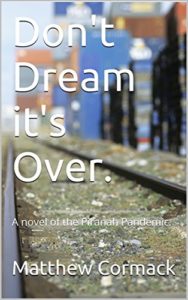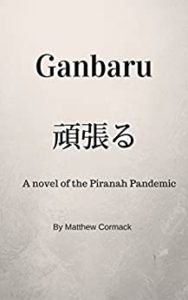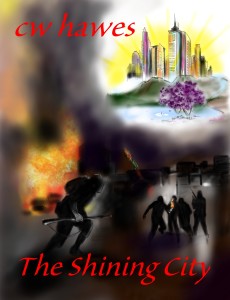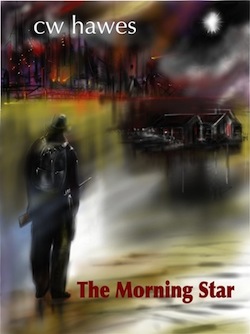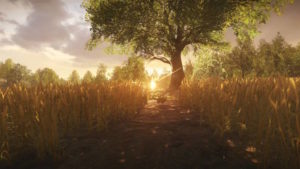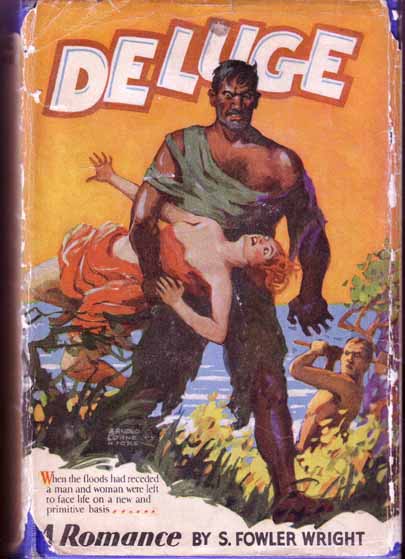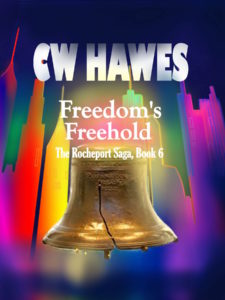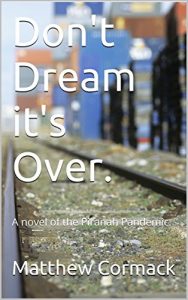
Matthew Cormack is one in a legion of virtually unknown writers who are producing excellent fiction. Much of it better than what the big corporate publishers are giving the public to read.
These independent author/publishers, indies for short, publish some doggone good stuff. Fiction that truly deserves a much wider audience. Fiction that is frequently far better than the best selling drivel being forced upon readers’s eyeballs.
Last week I introduced you to one such writer: Matthew Cormack. This week, I’d like to tell you a bit about two of his three books. Only two, because I haven’t read the third one yet.
The Piranha Pandemic Universe
Mr. Cormack has created a fictional universe that is incredibly believable. Starting with a mysterious and fast-acting virus that eventually wipes out most of humanity, Cormack then extrapolates what the world would be like for those who survived the pandemic — and, more importantly, how they would deal with being a survivor.
This form of the post-apocalyptic sub-genre is called a cozy catastrophe.
The term was coined by Brian Aldiss as a pejorative to describe the plot of Wyndham’s The Day of the Triffids.
In spite of Aldiss, the point of the cozy catastrophe is not a celebration of bourgeois values — it’s a celebration of hope in the indomitable human spirit.
Not dystopian in tone, the cozy catastrophe is utopian. Given the chance, we can indeed fix the mess we ourselves made of society and culture. At last, at long last, a broken world gets to be fixed.
The “fix”, of course, depends on the worldview of the writer of the story.
In my own cozy catastrophe, The Rocheport Saga, the protagonist, Bill Arthur, pursues his anarcho-capitalist libertarian dream. Very utopian indeed!
On the other hand, Matthew Cormack takes a much more realistic view of things: nothing will change, because people are people.
Don’t Dream It’s Over
The first novel set in the Piranha Pandemic universe is Don’t Dream It’s Over. It’s the story of Peter, who is not the most savory of protagonists. He’s pretty much like everyone we know: he has good points and bad points and sometimes the bad points do outnumber the good points. Although, through the course of the story, we see the dross slowly burned away to reveal a pretty doggone good guy. A good guy who’d been corrupted by modern society.
Peter decides to leave London, leave England. At first, his only goal is to reach the Mediterranean. However, as he meets other survivors along the way, and sees how they are coping or not coping with the aftermath of the plague, his own goal begins to change. And by the end of the book, Peter truly is the hero of the story.
Cormack is a cracker jack writer. He makes the epistolary novel form come alive. And he does this by giving us real people in very lifelike situations. That is Cormack’s gift: an eye for people. He’s a canny observer of life and puts those observations into his books.
Don’t Dream It’s Over is a long book: over 250,000 words. Long books aren’t my cup of tea. Yet once I started Don’t Dream, I was hooked. The story was compelling and the book didn’t lag as so many long novels do.
Perhaps what I enjoyed most about Don’t Dream was the realism. No dystopia or utopia here. Although there are dystopian and utopian groups encountered by Peter on his journey to find himself. Which is just another way of saying that we find here real people in real situations.
As one reviewer wrote: “…boy does this book stay with you long after you have finally put it down.” And it does.
Ganbaru
Ganbaru is the second book set in the Piranha Pandemic universe. The story revolves around a completely different set of characters then we encountered in Don’t Dream.
The setting is England. Rural England. And here we have utopia meets dystopia. A small group of survivors intent on making the world a better place, collide with a much larger group led by a real bad egg named Baz. The story line revolves around how the small group can become free from the large group, after Baz’s group takes them over.
I don’t want to spoil the story. You’ll have to read it on your own — and I definitely encourage you to do so.
Once again, Cormack gives us real people in realistic settings which results in a very believable story. A story so believable you tend to forget you’re reading a novel.
Ganbaru is a cozy catastrophe that is largely a thriller laced with a heaping helping of suspense. In my opinion, Cormack has taken the cozy catastrophe and made it a genre for today, yet keeping true to the sub-genre’s roots.
Here’s my review from Amazon:
Matthew Cormack’s Piranha Pandemic Universe is a scary place. The survivors are fighting nature, dwindling resources, and themselves.
Don’t Dream It’s Over is the first book set in this universe. The story is superbly told, for Mr Cormack is a superb storyteller.
Ganbaru gives us a look at a different part of the Piranha Pandemic Universe. A small group of survivors, who are principled persons, want to start rebuilding a better world, and have begun their project in an old abandoned priory.
As fate would have it, they meet a larger group that is pragmatically ruthless. The clash of civilizations, as it were, makes for exciting reading.
Ganbaru is a realistic post-apocalyptic tale. There are no zombies or aliens or monsters — unless we, ourselves, qualify as the monsters.
The story is told well and peopled with real-life characters in real-life situations who must make difficult decisions.
A fabulous story by a fabulous writer.
A fabulous writer indeed.
In these days of pandemic, I encourage you to read Matthew Cormack’s books. Because, at the end of the day, he’ll give you hope — and that’s exactly what we need.
Don’t Dream It’s Over is available from Amazon US and UK.
Ganbaru is available from Amazon US and UK.
The Piranha Pandemic: From Small Acorns… is available from Amazon US and UK.
Comments are always welcome! And until next time, happy reading!
Share This!

